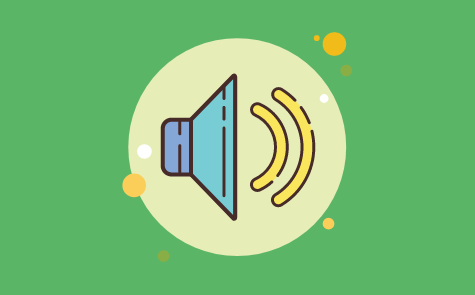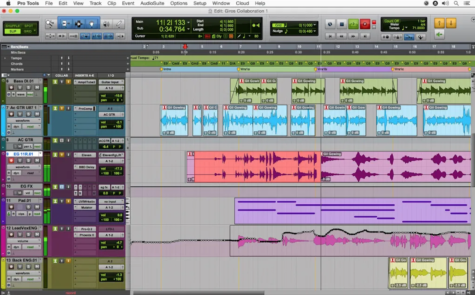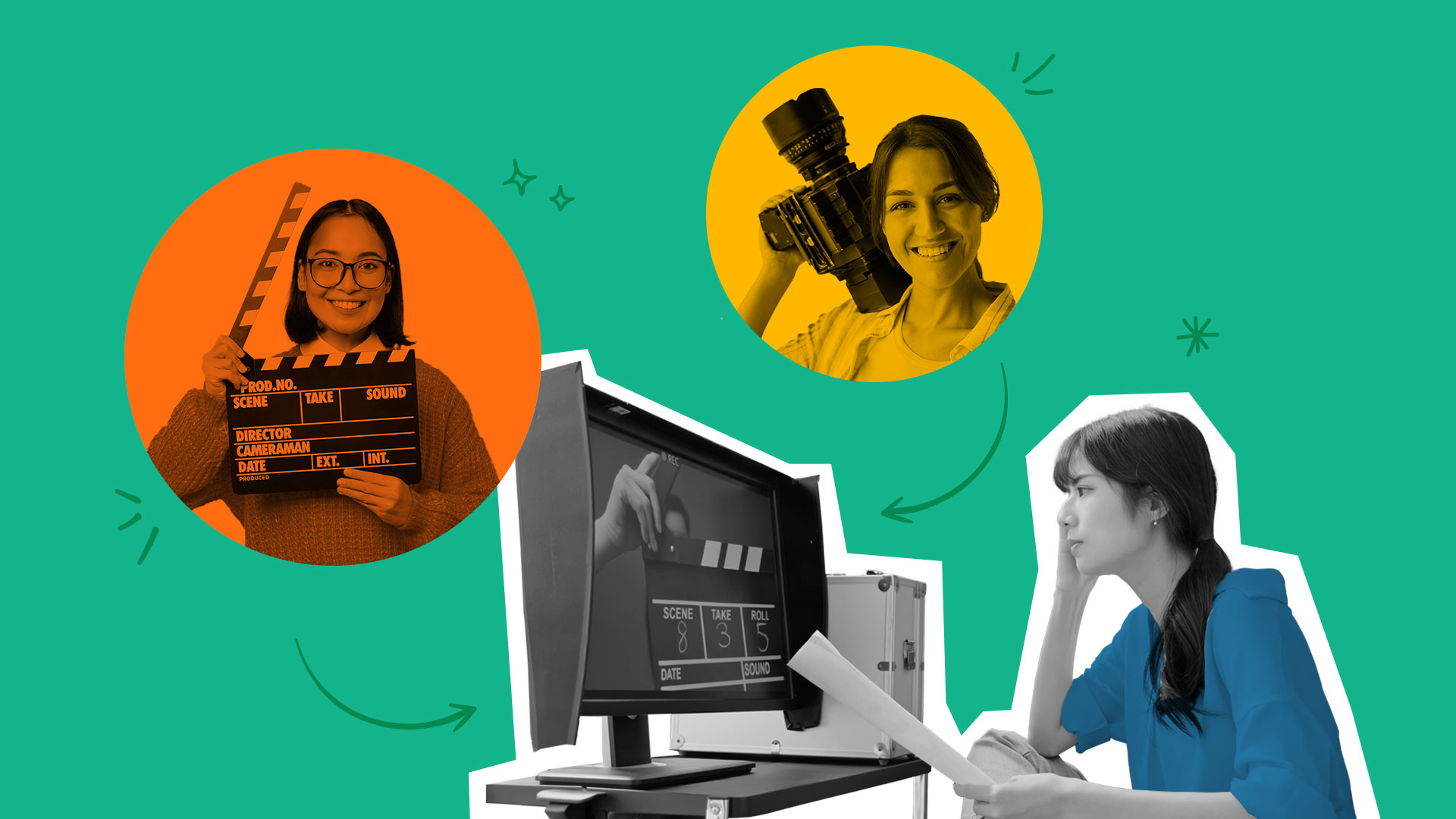The Beginner’s Guide to Becoming an Audio Engineer

Welcome to Maker Corner, our monthly series where we feature guest contributions to our blog. This month’s post, written by a QuickFrame maker, dives into how you can become the next great audio engineer.
Looking for more video production tips? We’ve got you covered:
- 3 Best Camera Angles in Film to Engage Audiences Emotionally
- Using Storyboards to Keep Your Production on Track
- How Video Editing Effects Can Creatively Engage Audiences
- 6 Best Visual Effects That Will Elevate Your Marketing Videos
- Video Marketing Production Costs: Pricing & Advertising Rates Explained
- How to Maximize Your Video Production Budget
You’re an aspiring audio engineer or music producer and you want your mixes to sound professional. However, you don’t have thousands of dollars to sink into expensive gear to help you get that “studio sound”. You only have your computer and your bedroom.
Good news is that this is a common starting point. While the internet will make you believe that “Your mix isn’t complete without THIS plugin!”, the truth is that you don’t need a ton of equipment or plug-ins for your mix to sound great. You can use what you have at your disposal to professionally polish your next song or mix.
All you need is a computer, a song or mix to work on, and headphones. That’s it.
QuickFrame is looking for experienced video content makers who believe that every brand deserves well-made video. Join our maker community today!
Now that you have your equipment, let’s get started.
Learn More: Social Media Video Ad Specs & Placements Guide
Digital Audio Workstations (DAW)
Digital Audio Workstations are blank canvases that allow you to work with audio clips, such as Ableton or Pro Tools. The fully unlocked versions have incredible functionality but cost a pretty penny. However, if you are looking to save, you have options like Cakewalk, which is fully free and has similar functionality to a paid platform. There are a ton of really great resources on the web about how to get a DAW up and running.

Mixing
Mixing is basically level balancing, and you don’t need a ton of equipment to make your songs sound awesome. Sure, there are plenty of tools that can give you bold effects, but 90% of the mix boils down to these four concepts:
- Gain Staging: Taking the volume from its starting position and lowering it until it feels right. Think of this as a rough draft of your mix. It doesn’t need to be perfect, you just need some space to operate. Do this with each element.
- EQ (Equalization): Carving out space for the different elements in your mix. Identify what the most important part of the sound is and get rid of the sounds you don’t need. This will save your mix from being “muddy”.
Want to know the next two concepts? Find the complete blog at Flightless Bird!

Brendan is a software engineer by day & an audio engineer by night. He has worked on sound projects for clients such as Jackbox Games, Northwestern University, and Flightless Bird Creative. You can check out more of his work at www.brendanmonte.com.
Do More with Video
Learn how we can help you produce more quality videos affordably and at scale.


